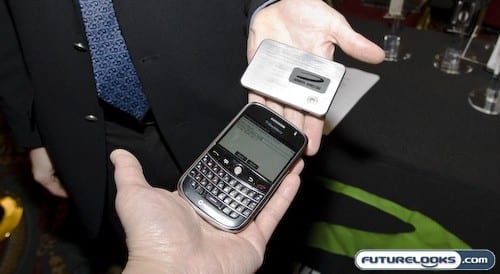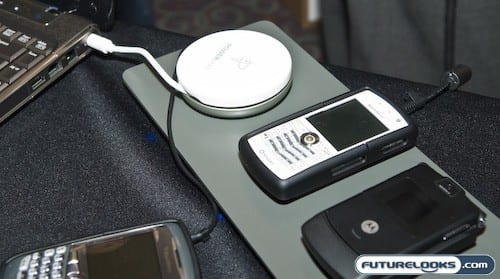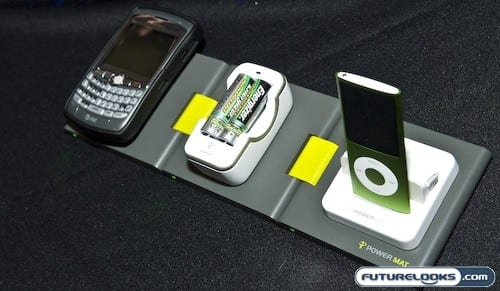Novatel Produces Wi-Fi in a Credit Card

We want to have the Internet everywhere we go, even if we don’t find ourselves in the presence of a Starbucks or a public library. You may already be familiar with some of Novatel’s products, even if you don’t recognize the name directly. With certain 3G operators in Canada and the United States, you can nab a USB adapter from Novatel that lets you use a 3G wireless data connection on your laptop, but that’s only with a single laptop.
What Novatel has done to address this very situation is create a credit card-sized device that can effectively translate your 3G data connection (EVDO or HSDPA) into a Wi-Fi hotspot. On the GSM/HSDPA side of things, you insert your SIM card and it’s good to go. On the CDMA/EVDO side of things, Novatel would need to create something carrier-specific.
You can imagine the potential applications. On a family road trip, the Novatel card can provide Wi-Fi to little Jimmy so that he can game online with his PSP, Suzie can hop online with her DS Lite, dad can catch up on his emails on his laptop, and mom can make a quick VoIP call over Skype. Oh wait… who’s driving?
Powermat Cuts the Cord on Charging… Sort of

Don’t you hate it when you have to deal with all of these messy cables? You want to charge your cell phone, your iPod, your Sony PSP, and a whole whack of other things, but all of those charging cables can be a real pain.
Powermat aims to make things a little more convenient. Instead of fumbling with several charging cables, you have a single mat… that provides power. This plugs into the wall like any other charger, but you don’t need to physically connect anything to your portable electronics. Instead, you simply place your BlackBerry or Nintendo DS onto the mat and it will automatically conduct that electricity into the battery.

Well, that’s not completely true. Each target device of your choosing must first be equipped with the proper adapter module. For some products, like a BlackBerry Bold or an iPhone 3G, this can come in the form of a specially-designed case. For the Nintendo DS Lite, however, it makes use of a hockey-puck like module that is then connected to the charge port on the DS. For iPods, there is a small dock.
These modules, regardless of form, are then placed on the Powermat itself for charging purposes. The mat and the modules are outfitted with magnets, so the modules automatically “snap” into proper position. A single green LED indicator light shows that the connection is working.
I’ve seen some similar solutions from other companies in the past, but as I recall, they didn’t require an adapter system like Powermat. At the same time, my suspicion is that the devices being charged using those other solutions may need to be modified to work with their systems. With the Powermat, you just have to buy the case or module.
